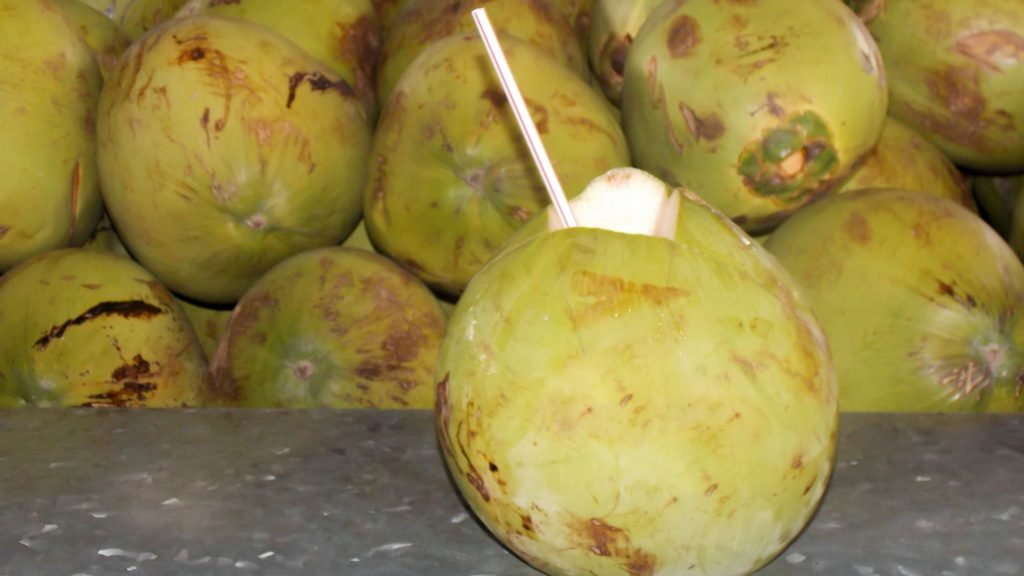Coconut water, often referred to as “nature’s sports drink,” has long been celebrated for its hydrating properties, delicious taste, and wide range of health benefits. However, how much do we really know about this tropical beverage? In this article, we will dive into fun facts about coconut water, including its origin, harvesting process, and amazing nutritional benefits. Whether you’re a fan of this refreshing drink or simply curious, we’ve gathered everything you need to know about coconut water.
Where Does Coconut Water Come From?
Coconut Water begins as groundwater that is absorbed by the coconut palm tree’s roots. The water then travels through the plant’s vascular system and is naturally filtered through a process called osmosis, removing impurities along the way. The process ensures that the water reaching the coconut is pure and clean.
As it ascends through the coconut tree, the water undergoes a transformation, ultimately being stored inside the coconut’s endosperm. The liquid endosperm forms the coconut water we drink, while the solidified endosperm becomes the coconut flesh. This natural filtration makes coconut water one of the purest sources of hydration.

......
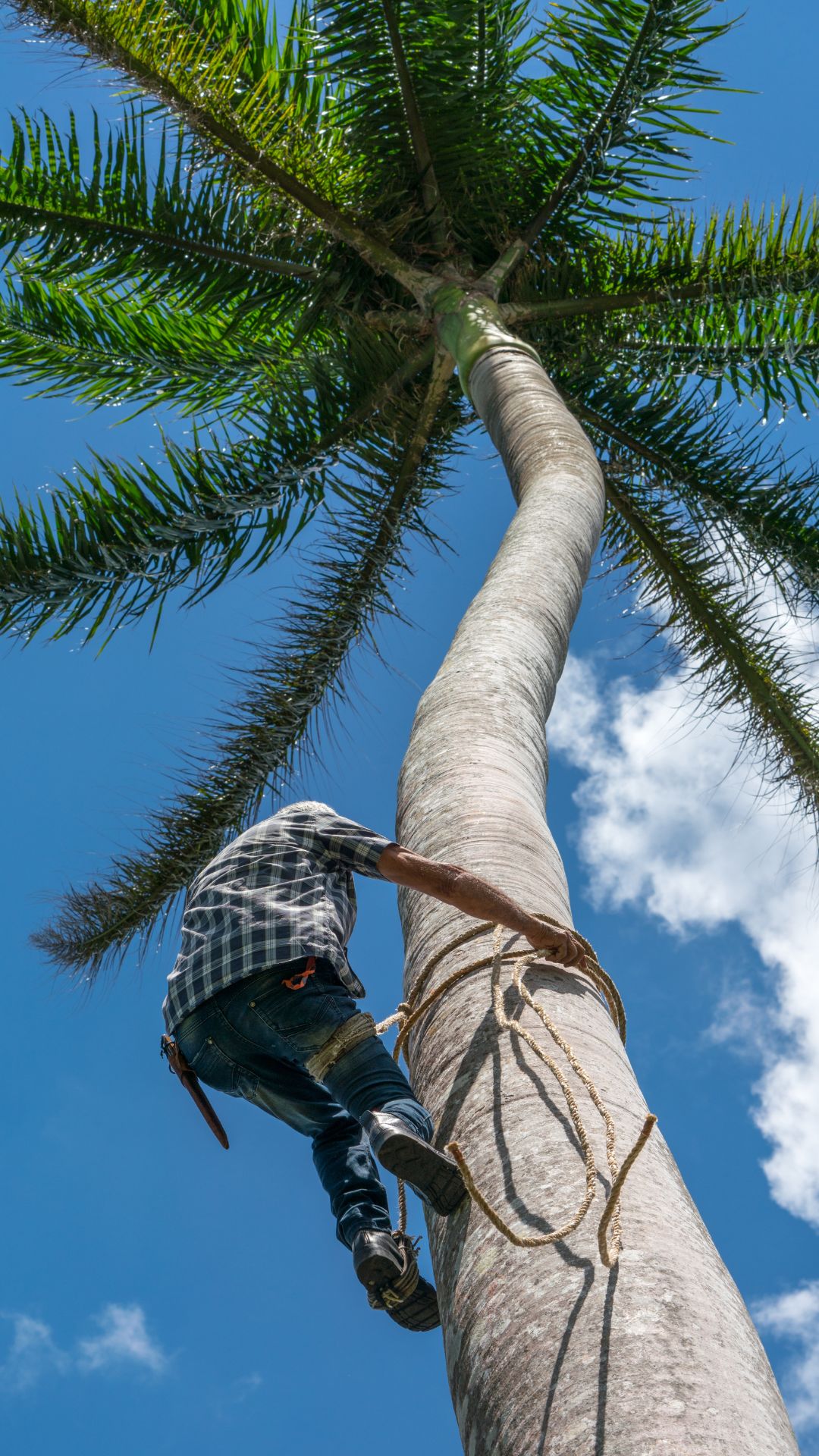
How Coconut Water is Harvested?
Harvesting coconut water is a skillful process that requires precision and care. Typically, young, green coconuts are chosen for their high water content and sweet flavor. Green coconuts are usually harvested when they are about 5–7 months old, as this is when the coconut water is at its peak quality.
Steps of Harvesting Coconut Water:
Climbing the Coconut Tree: Skilled harvesters use traditional methods, often scaling the tall trees by hand or using climbing gear.
Choosing the Right Coconuts: Not all coconuts are suitable for drinking. Harvesters look for green coconuts that have the highest water content. Overripe coconuts, typically brown, have more solid flesh and less water.
Cutting the Coconuts: Once identified, coconuts are cut from the tree using machetes or specialized tools. The coconuts are carefully lowered to the ground to avoid damage.
Extracting the Water: After the coconuts are gathered, the tops are shaved off, and a small hole is made to extract the water. Some companies use machinery to pierce the coconuts and collect the water for commercial bottling.
The process ensures that the coconut water retains its fresh taste and nutrients until it reaches consumers. This step-by-step harvesting process highlights the care and attention required to ensure the best quality coconut water.
Nutritional Benefits of Coconut Water
When it comes to health benefits, one of the coconut water fun facts is that it’s much more than just a refreshing drink—it’s packed with essential nutrients. Here are some of the key nutrients found in coconut water:
Electrolytes: Coconut water is rich in electrolytes like potassium, magnesium, and sodium, which help maintain hydration, especially after exercise.
Low in Calories and Sugar: Compared to many sports drinks, coconut water is naturally low in calories and contains no added sugars, making it a healthier alternative.
Antioxidants: Coconut water contains antioxidants that help combat free radicals and reduce oxidative stress in the body.
Hydration Booster: Thanks to its high water content and electrolytes, coconut water is excellent for rehydration, particularly after physical activity or during hot weather.
Aids Digestion: Coconut water has been known to aid in digestion, thanks to its natural enzymes that help with nutrient absorption.

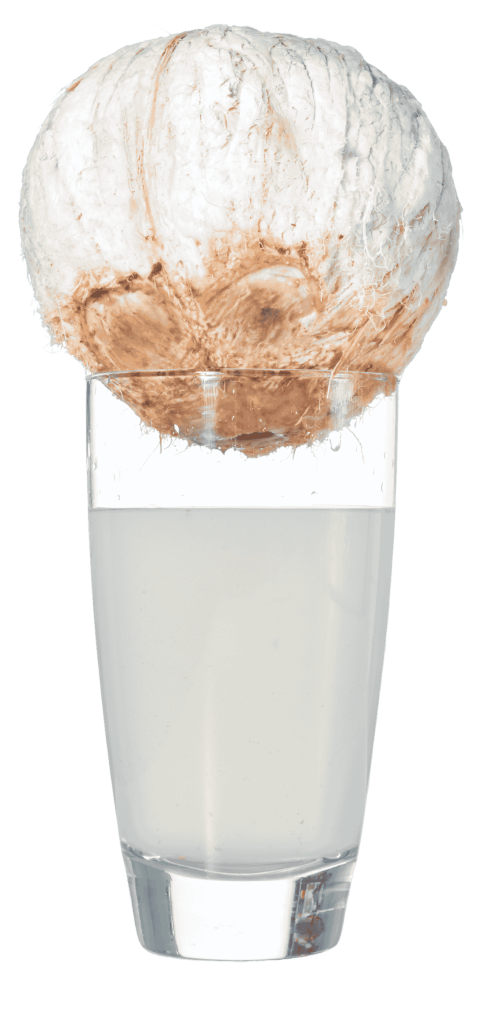
Coconut Water in Different Cultures
Coconut water plays a significant role in many cultures around the world. For instance, in tropical regions, it is often used as a refreshing drink, while in others, it serves ceremonial purposes. Here’s how different cultures appreciate coconut water:
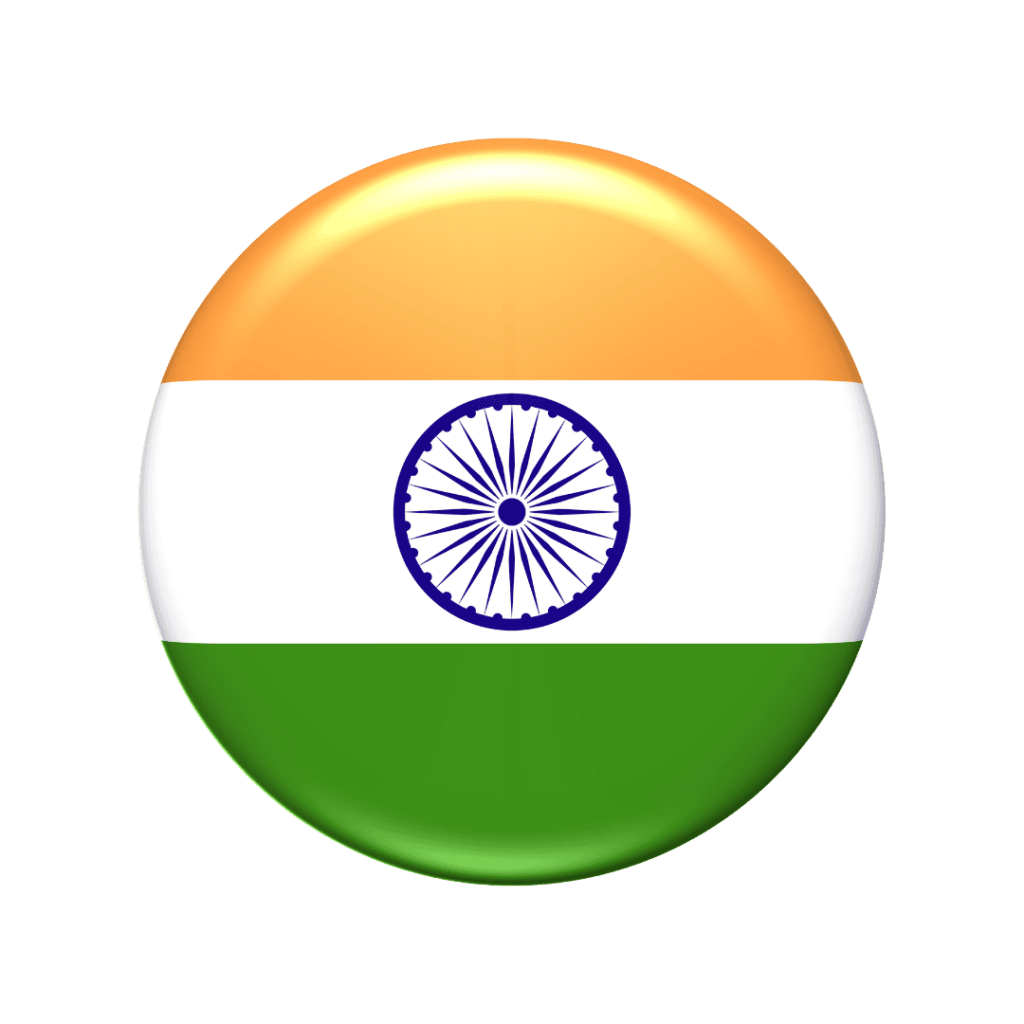
India
In India, coconut water is a popular street drink, enjoyed by people to stay cool in the heat. It is also used during religious ceremonies as a symbol of purity.
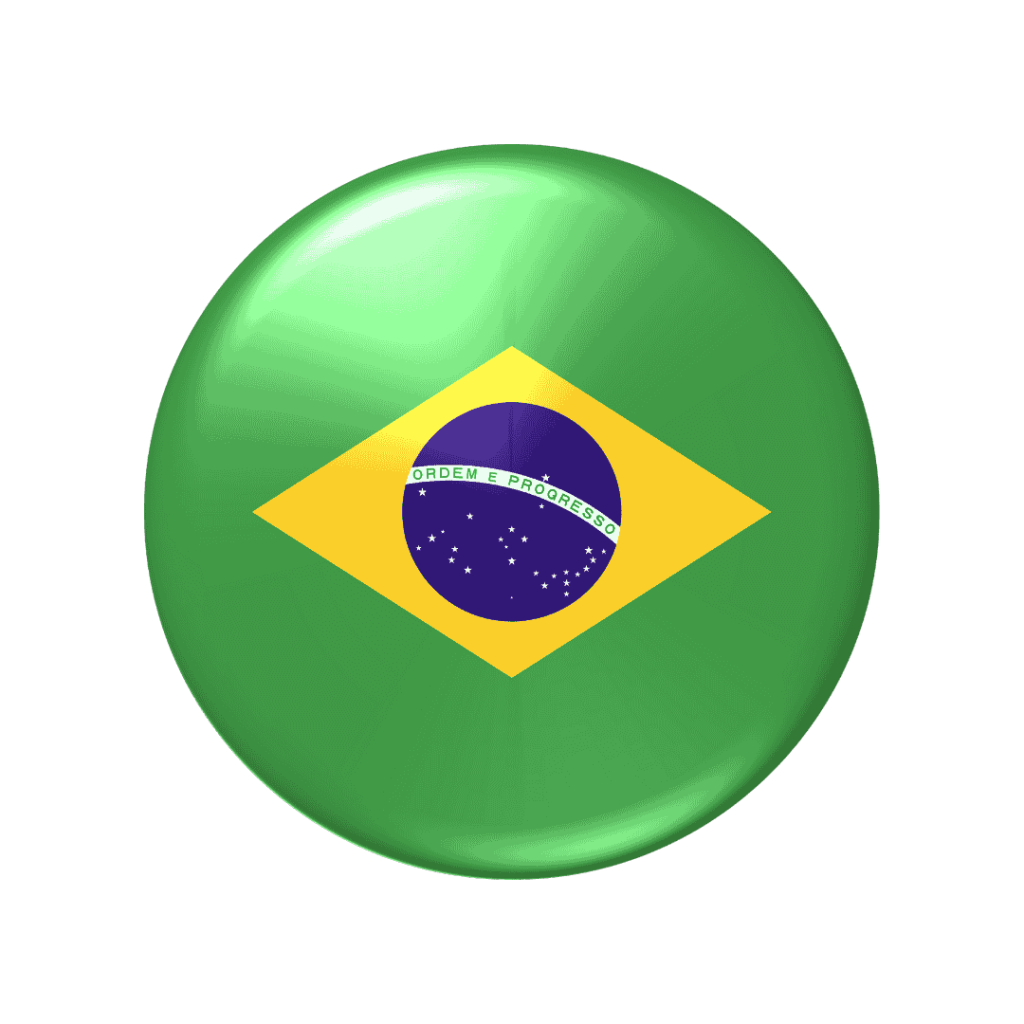
Brazil
Meanwhile, in Brazil, coconut water is a beachside staple, sold fresh on beaches and in markets.
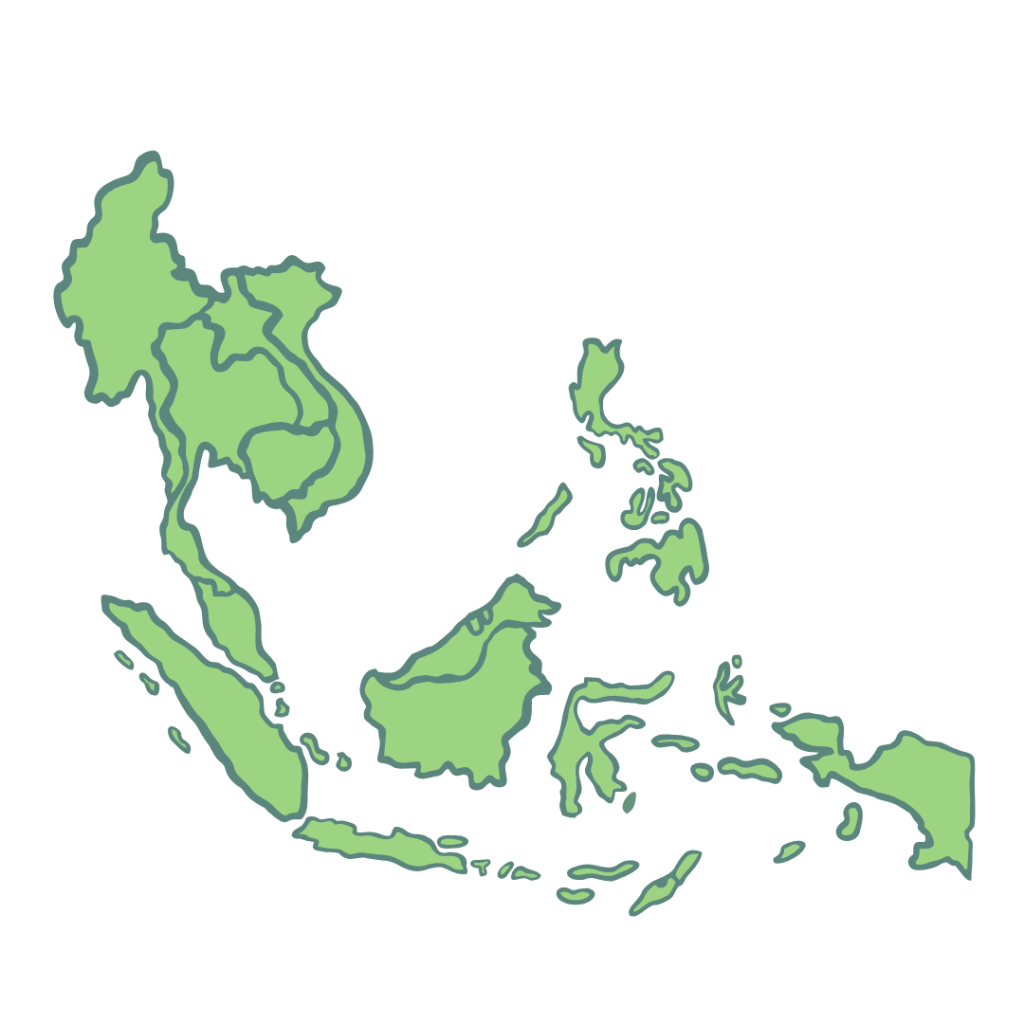
Southeast Asia
Likewise, in Southeast Asia like Thailand and Vietnam, coconut water is used in cooking and as a base for refreshing tropical beverages.
Environmental Impact of Coconut Water Production
As demand increases for coconut water, it’s essential to consider its environmental impact. The growing popularity of coconut products has led to more extensive farming of coconut trees. Consequently, while this supports local economies, it raises concerns about sustainability.
Fortunately, many coconut water brands are now focusing on sustainable harvesting practices that protect both the environment and the communities that rely on coconut farming. Thus, choosing brands committed to fair trade and sustainability helps ensure coconut water production remains eco-friendly.
......
How to Enjoy Coconut Water
There are countless ways to enjoy the refreshing taste of coconut water. Here are some fun and delicious ideas:
- Drink it Fresh: The simplest way to enjoy coconut water is straight from the coconut. Just pop in a straw and enjoy the refreshing taste.
- Smoothies: Coconut water is an excellent base for smoothies. Its natural sweetness pairs well with fruits like banana, pineapple, and mango.
- Cocktails and Mocktails: Coconut water adds a tropical twist to cocktails and mocktails. Try it with rum, lime, and mint for a delicious tropical drink.
- Coconut Water Ice Cubes: Freeze coconut water into ice cubes and add them to your favorite drinks for a refreshing touch.
Coconut Water Fun Facts
Natural Hydration: Coconut water was used during World War II as a natural IV fluid in emergencies because of its high electrolyte content.
Not Coconut Milk: While coconut water comes from the liquid inside young coconuts, coconut milk is made by grinding the flesh of mature coconuts with water.
A Natural Hangover Cure: Thanks to its high levels of potassium, coconut water is often recommended as a natural remedy for hangovers.
Supports Weight Loss: With its low calorie and fat content, coconut water is a great option for those looking to maintain or lose weight.
Another fun fact: Coconut Water in Skin Care
Did you know that coconut water fun facts also extend to skincare? Coconut water is rich in cytokinins and antioxidants, which promote youthful skin, reduce wrinkles, and improve hydration. This tropical elixir can work wonders for your skin whether consumed or applied topically.
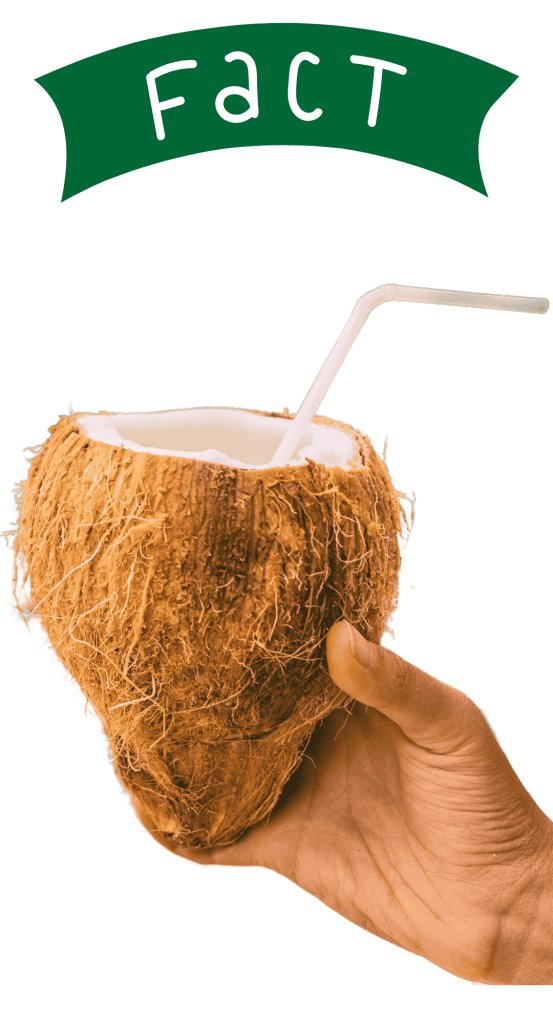
Conclusion: More Coconut Water Fun Facts Await!
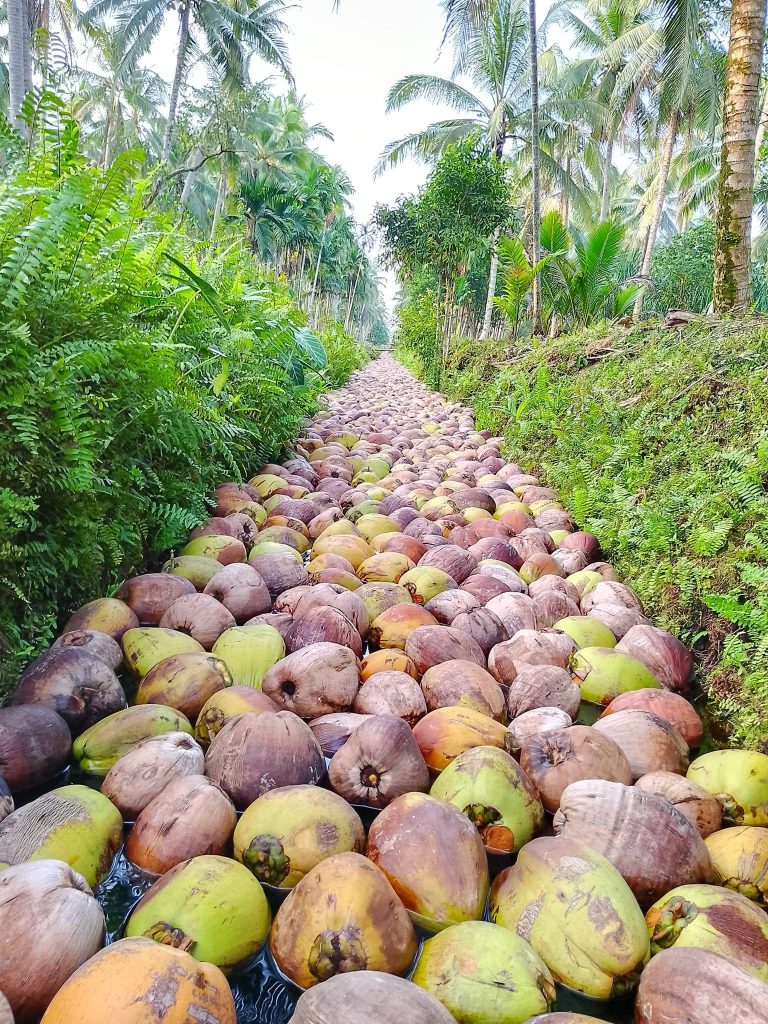
Coconut water is more than just a trendy beverage; indeed, it has deep cultural roots, offers impressive health benefits, and is harvested with care. Whether you’re looking to hydrate after a workout or enjoy a refreshing drink, coconut water is a natural and delicious choice that is both nourishing and sustainable.
Luxenature proudly serves as a leading exporter of premium coconut water, ensuring the highest quality product for consumers worldwide. As a trusted supplier, Luxenature delivers not only refreshment but also the numerous health benefits of coconut water, making it a valuable addition to a healthy lifestyle.
Luxenature Indonesia, a leading exporter and supplier of coconut products, from semi-husked coconut to coconut water, edible copra, coconut oil, desiccated coconut, nata de coco, coconut cream, and coconut milk. With a strong commitment to quality and sustainability, Luxenature Indonesia caters to diverse global demands. We are your reliable partner for sourcing premium coconut products, ensuring quality and sustainability in every product we offer.
For inquiries and more information, contact us at Luxenature and let’s grow your business with our premium coconut products.

